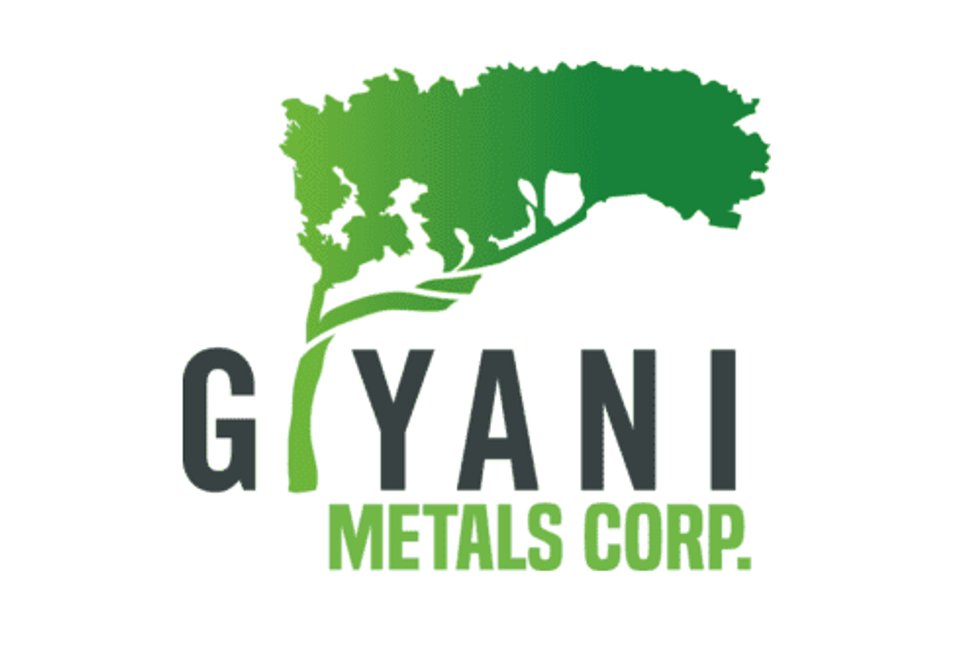Manganese Supply and Demand Trends for the Start of 2015
The International Manganese Institute (IMnI) just put out its research report for the first quarter of 2015, giving a good overview of production, demand and supply trends for steel and manganese markets
The International Manganese Institute (IMnI) just put out its research report for the beginning of 2015, giving a good overview of production, demand and supply trends for steel and manganese markets
Naturally, the review began with a look at the current situation in the steel market, as manganese is an essential ingredient in steel manufacturing. The report noted that the global crude steel production has declined in the traditionally strong first quarter. Specifically, Q1 saw 405.9 million metric tonnes of global crude steel production down 1.6 percent compared to Q1 of the previous year, with production in March down 2.6 percent to 140 million mt from March 2014.
The report points to sluggish steel demand from the US and Europe and a slowdown in Chinese steel production – due to tighter environmental regulation and a weak construction sector – as a few of the reasons behind the slump.
With steel oversupply staying put, IMnI stated that steelmakers are now focused more and more on tailoring output to demand with the hopes of easing the pressure on the market.
Performance of the other manganese alloys
The report further breaks down the various types of manganese alloys, starting with silicomanganese, which has been negatively affected price-wise due to slowed steel production and falling manganese ore prices. Specifically, production of the alloy in January 2015 fell 26 percent year-on-year to 840,000 metric tonnes. Demand also dropped to 867,000 mt for the month, down 26.4 percent year-on-year.
Again weakening steel demand from China was to blame, but the report also noted higher electricity tariffs in Southern China in the dry season along with ample stocks of the material as other reasons behind the drop.
Demand in Europe also fell, but the IMnI expects that in the second quarter of this year, demand from Europe will be supported by a reduction in silicomanganese supply in Brazil due to high energy costs.
For ferromanganese, production was up 3.2 percent in January at 420,000 mt compared to the previous year. However, demand saw a decrease of 2.9 percent year-on-year for the same period. As with crude steel and silicomanganese, the demand drop was a result of slowed steel production, particularly from China, the US and Europe.
Furthermore, the IMnI noted a number of other ferromanganese demand constraints, including the closure of a number of unprofitable plants in China, preferential power tariffs being offered by local governments in the country, higher electricity costs in Brazil and growing imports in the US, supported by the strong US dollar.
Finally, the report provided a look at the manganese ore market, which follows similar trends to those of the iron ore and steel industries. As many metals investors will know, both iron ore and steel prices have have dropped dramatically due to oversupply.
That said, January did provide a little bit of a break for manganese. According to the IMnI report, production was stable at 4.87 million metric tonnes for the month and demand was up by 3.5 percent year-on-year at 5.05 million metric tonnes.
Overall, the near term future of the manganese space still remains to be seen. While the manganese markets certainly don’t look much better than the markets for other commodities at the moment, investors will be keeping an eye out for any changes on the horizon.


